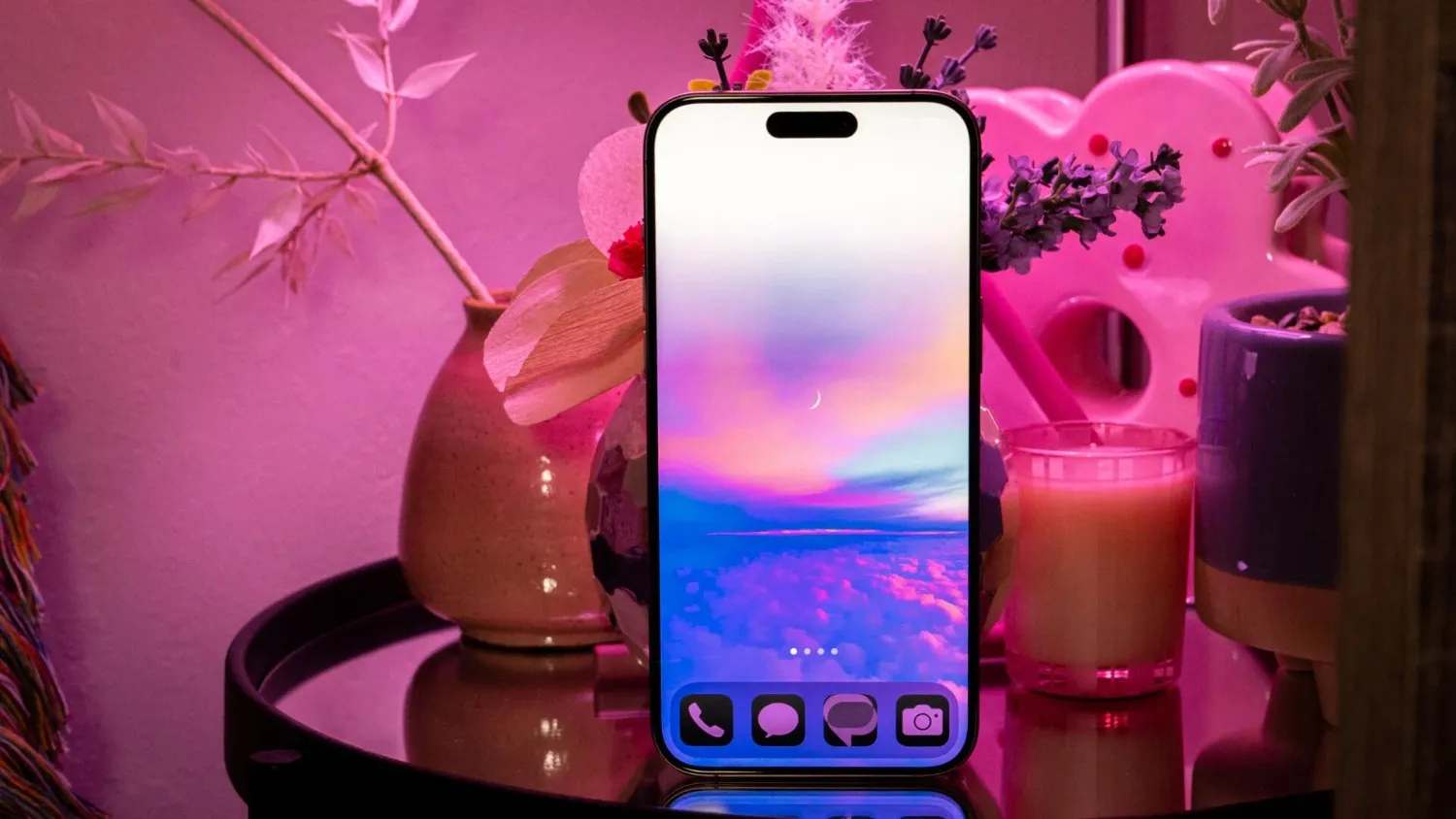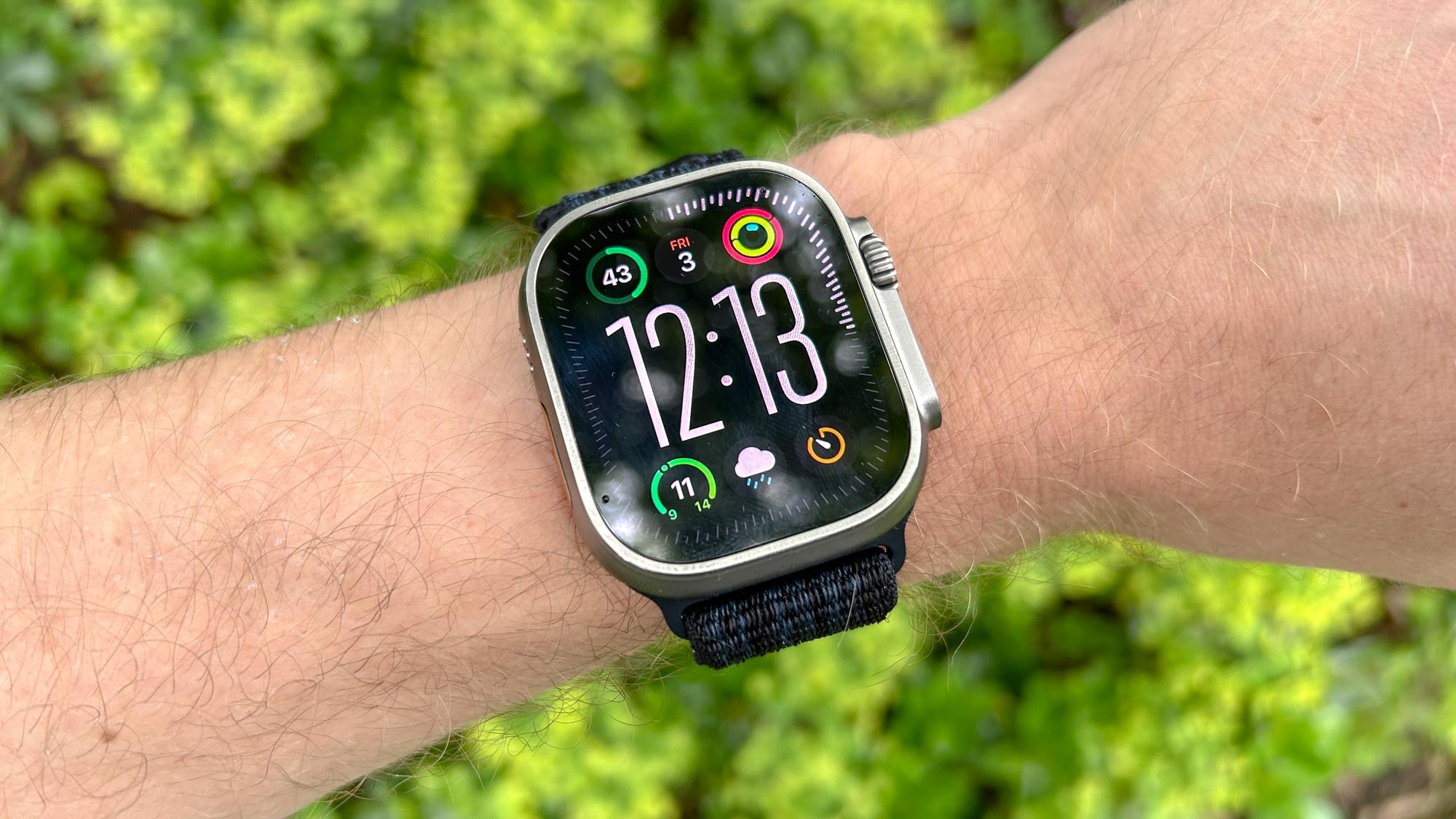Apple has released the fourth beta versions of its upcoming software updates today. Developers can now download iOS 18.5 beta 4, macOS 15.5 beta 4, watchOS 11.5 beta 4, tvOS 18.5 beta 4, and visionOS 2.5 beta 4.
The iOS 18.5 beta brings small updates and bug fixes as Apple gets closer to the full iOS 18 release, expected to be shown at WWDC 2025 in June. One noticeable change is the new “Broadcast” feature in the Home app, which lets users send announcements across Apple devices in their home.
Along with iOS, Apple also rolled out macOS 15.5 beta 4. Just like the other updates, it mainly focuses on improving system performance and fixing issues, rather than adding big new features.
Meanwhile, watchOS 11.5 beta 4, tvOS 18.5 beta 4, and visionOS 2.5 beta 4 are also now available. These updates seem to be preparing the devices for the major next versions, coming soon after WWDC. They mostly bring minor improvements and ensure everything runs smoothly.
Developers can download all these new betas by going to the Settings app, choosing General, and tapping Software Update. For public testers, new updates usually follow shortly after the developer betas.
Apple is expected to unveil iOS 19, macOS 16, watchOS 12, and visionOS 3 during WWDC 2025, with big changes and new features on the way.






